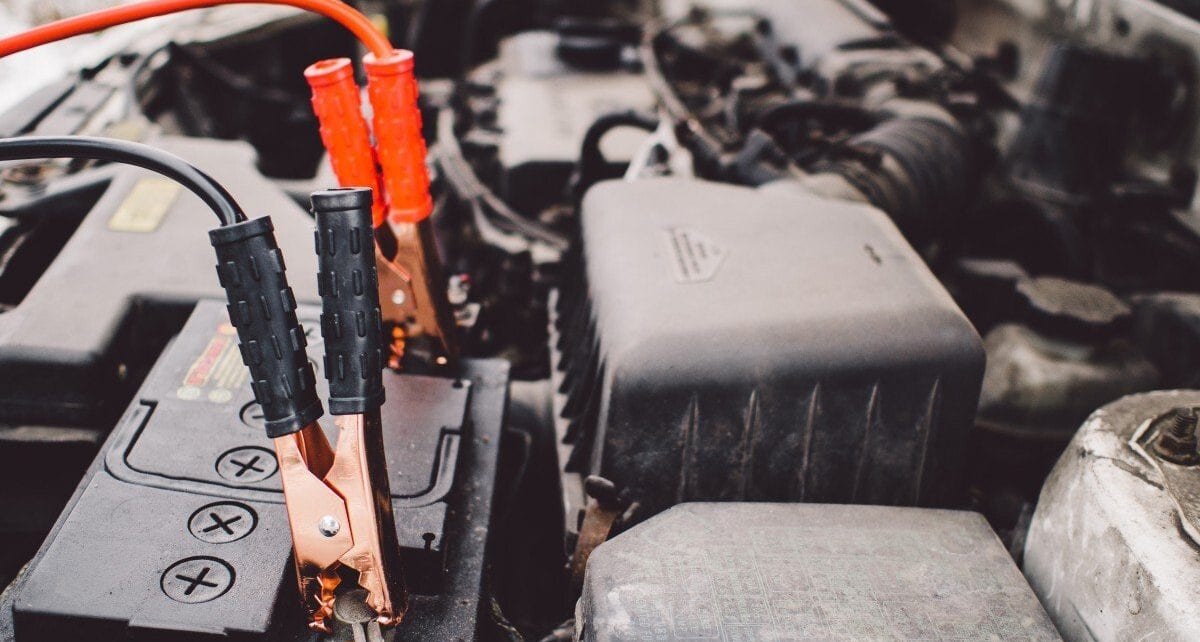Before purchasing a car battery, you need to determine the parameters that it must meet to work in combination with the electrical equipment of the car.
Therefore, let’s consider the main criteria to consider when choosing a battery. Also, check out the blog post by carinmydna.com on best battery maintainer.
Selection criteria
- The first and primary rule: avoid haste and study in detail the market for the product you need, and when going to the store, take into account the features of your car’s electrical equipment for the normal functioning of the battery.
- The second rule: do not buy a new item with a lower electrical capacity and a lower starting current than the old cell.
And finally, the third important rule: you need to consider the main parameters of the battery, such as the electrical capacity, size and location of the terminals, and starting power.
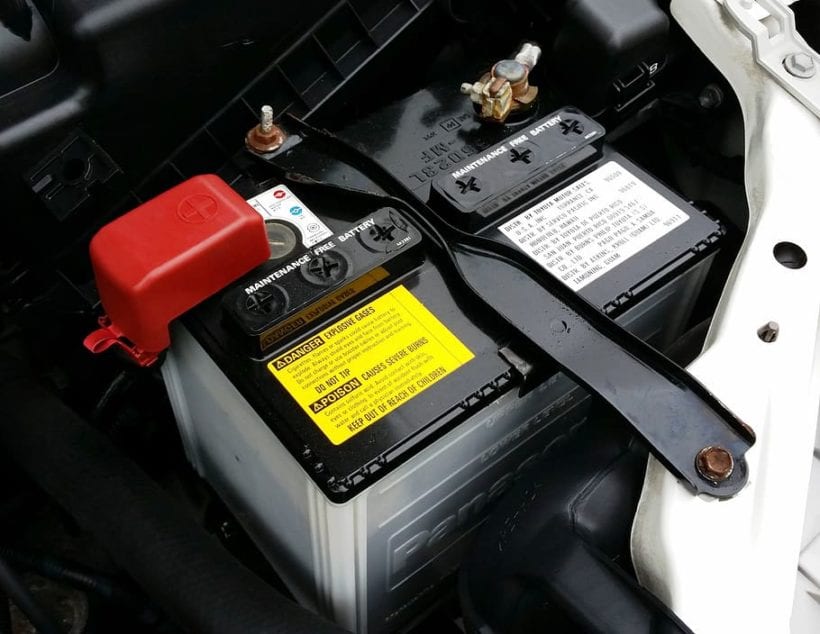
Consider each setting separately:
- Battery capacity. This is the amount of energy in ampere-hours that can be stored in a fully charged battery. For a C-class car (VW Golf, etc.) with a 1.3-2.0 l petrol engine, a product with a capacity of no more than 55-60 Ah is usually used. The capacity value is usually included on the label: 6ST-55, 6ST-60. Recently, the capacity value is increasingly expressed by another parameter – the time during which it can give a current of a particular strength (25 amps). This figure, shown in minutes, is also indicated on the body of most modern batteries. For the cars, as mentioned above and domestic conditions, 90-100 minutes will be enough. The most recent cars with a developed system of servos and onboard electronics require a high-capacity cell, a vehicle with the same engine. Still, simple equipment is satisfied with a smaller supply of energy. You should not overpay for an item with a much larger capacity (more than 5 Ah).
- Dimensions and location of terminals. There are several standardized sizes of batteries and types of mounting. Still, the easiest way to tell the seller the model of the car – in this matter, they are guided well, and also, they are not interested in trickery here. Simplistically, we note that usually Japanese cars are “knocked out” from the General series – their batteries are often more “narrow” and higher. But you need to know the location of the terminals yourself and call it correctly – because if the “minus” on the purchased unit turns out to be on the wrong side of the case, at best, you will not have enough wire length. And in the worst case – the range of the body will be enough. Still, an incorrectly connected authoritative, current source will burn several electrical appliances of the car and fail itself.
- Starting current. The starting current characterizes the ability of the battery to power the starter that turns the cold engine. Usually, this parameter is automatically associated with the capacity and its class, and you need to pay special attention to it only if the machine is operated in shallow temperatures, with high-viscosity oil in the engine, with a severely worn engine. Finally, you must decide for yourself how much money you are willing to spend on a purchase. According to WhiteRecovery, all batteries are divided into three price categories. Almost in each of which you can find a suitable model for your car. The differences between the economy, standard, and premium segments are in the level of technologies used. Accordingly, higher-class batteries have a longer service life (theoretically, the difference maybe 1-2 years), a more extended warranty period (0.5-1.5 years), and a higher starting current (30-120A).
The fact is that in some engine operating modes (idling) and small daytime runs of the car, the battery at night “helps” the generator to feed the switched-on consumers. With a low internal electrical capacity, the depth of discharge can be very high, which will lead to a decrease in performance in the engine start mode, which may further reduce the battery life.
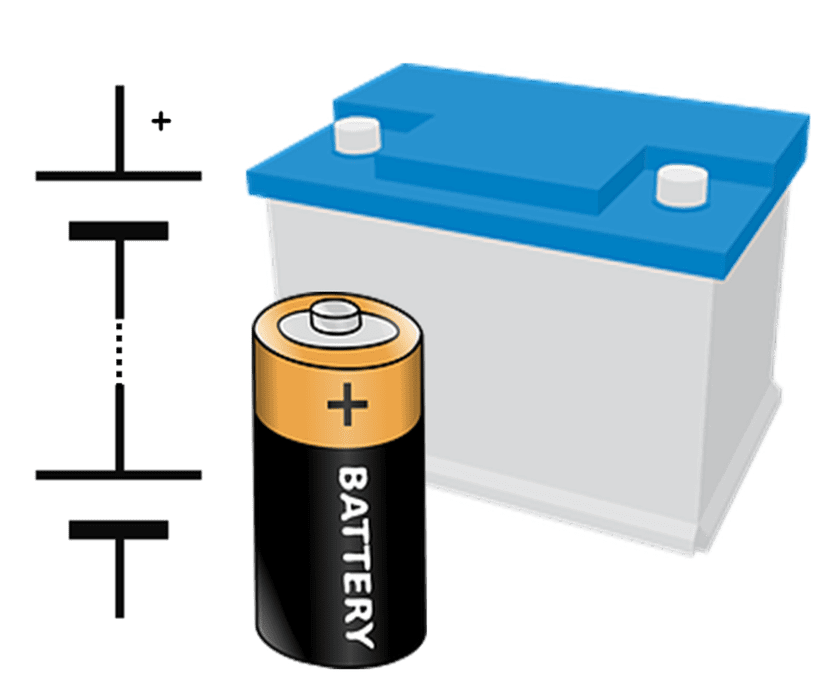
Checking the car battery
Before buying a battery, you need to check it with a load plug or a particular tester, which is always at hand in a good store.
The voltage of the so-called idle mode, that is, without connecting the load, should be within 12.5–12.7 V. The charge level below 12.5 V indicates that the cell needs to be recharged. But if possible, it is better to take another instance.
When connecting a load of 150-180 A*h for 10 seconds, the voltage must not fall below 11 V. It is also better to refuse to buy a product that does not withstand these parameters.
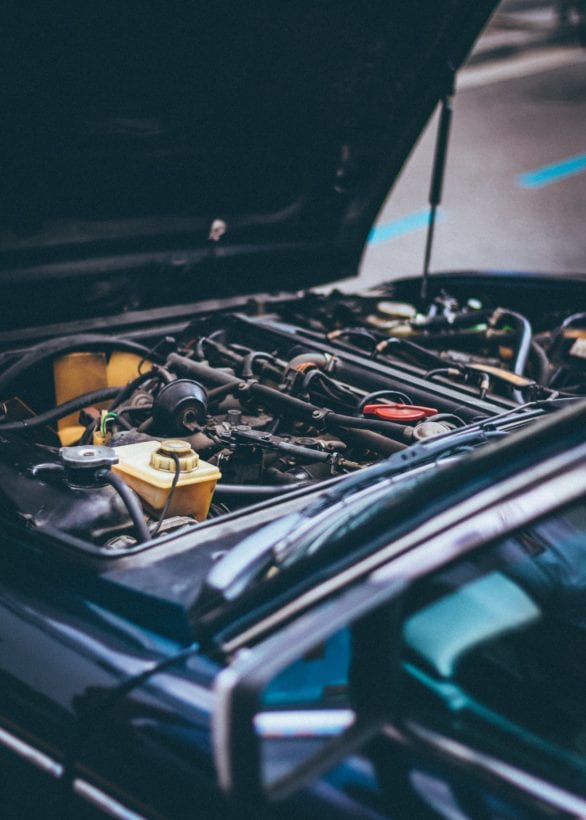
Useful tips
Finally, a few recommendations that will simplify the purchase and help the new battery last as long as possible. Here are some useful tips brought by antiqueautobattery.com:
- Do not rush to throw away the old cell removed from the car. Take it to the store and get an additional discount on the new one.
- Ask the specialists to check the charging relay of your car and make sure that it provides the necessary voltage, usually within the range of 13.8-14.5 V.
- After purchasing the battery, do not be lazy to recharge it with a small current for 2-3 hours.
- Do not allow the battery to be fully discharged to extend its service life.
- Control the charge level. If you don’t drive long or long distances, charge the battery from the mains charger once a month.
- Follow the terminals and clean them from oxides, which degrade the contact and may cause incomplete charging of the cell.
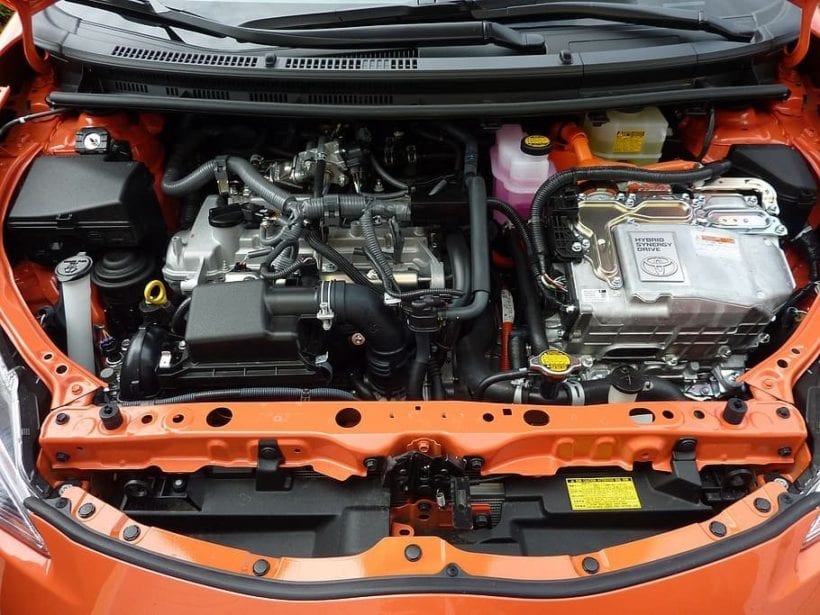
Conclusion
Undoubtedly, the indicators listed above represent the potential of the battery. You can find these parameters in the technical data sheet of the battery and choose the most suitable product for your car.
But we must not forget another necessary condition: when selecting a battery, remember that its state depends on the mode, working conditions of the vehicle, and you personally.

